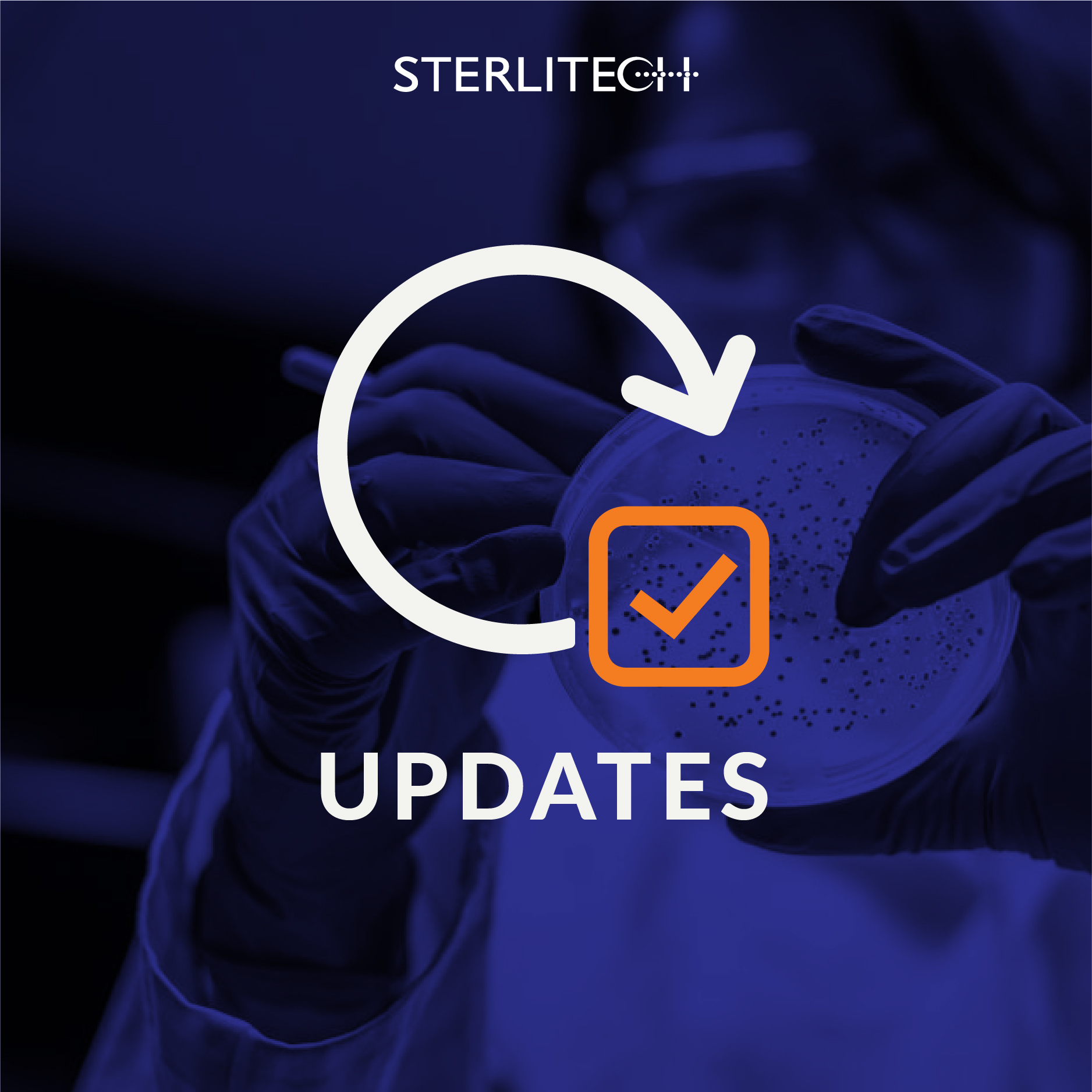
Western Biodiesel Inc. was fined $160,000 (Canadian dollars) yesterday by the Provincial Court of Alberta for releasing wastewater that contained methanol into the environment and for providing false or misleading statements to investigators. The fine is the outcome of an incident in October 2008 in which Western Biodiesel dumped around 16,000 liters of methanol-laced water onto its property.
Problems arose for Western Biodiesel the day after this release occurred when an unsuspecting welder accidentally ignited the wastewater with his torch, causing a fire that luckily yielded no injuries. In what had to be an incredibly gutsy and foolish move, the (now former) plant manager denied the release occurred when investigators showed up. He was later sentenced to four months house arrest.
So besides dumping it in a river and hoping nobody lights a match, what are the actual proper methods of methanol disposal? Methods for extracting methanol from biodiesel include: Vacuum stripping, flash evaporation, distillation, and water washing. Methanol and especially glycerol are high-value byproducts of biodiesel production, so facilities try to reclaim as much as possible for resale. Membrane separation is also used as an effective biodiesel purification method, particularly for removing glycerol particles.
Methanol is routinely used in biodiesel production during the transesterification reaction to turn plant or animal fats into fatty acids and glycerol. (Fun fact: Methanol is also a by product in liquor distillation and can cause blindness if ingested in large enough quantities!). European Standard 14214 specifies that biodiesel should contain no more than 0.2% methanol.
For more information you can check out the official statement from the Government of Alberta and this publication on biodiesel production from the University of Idaho.


![Join Sterlitech at BIO 2024 [Booth #5558]: Exploring the Future of Biotechnology](https://www.sterlitech.com/media/magefan_blog/b4.jpeg)

